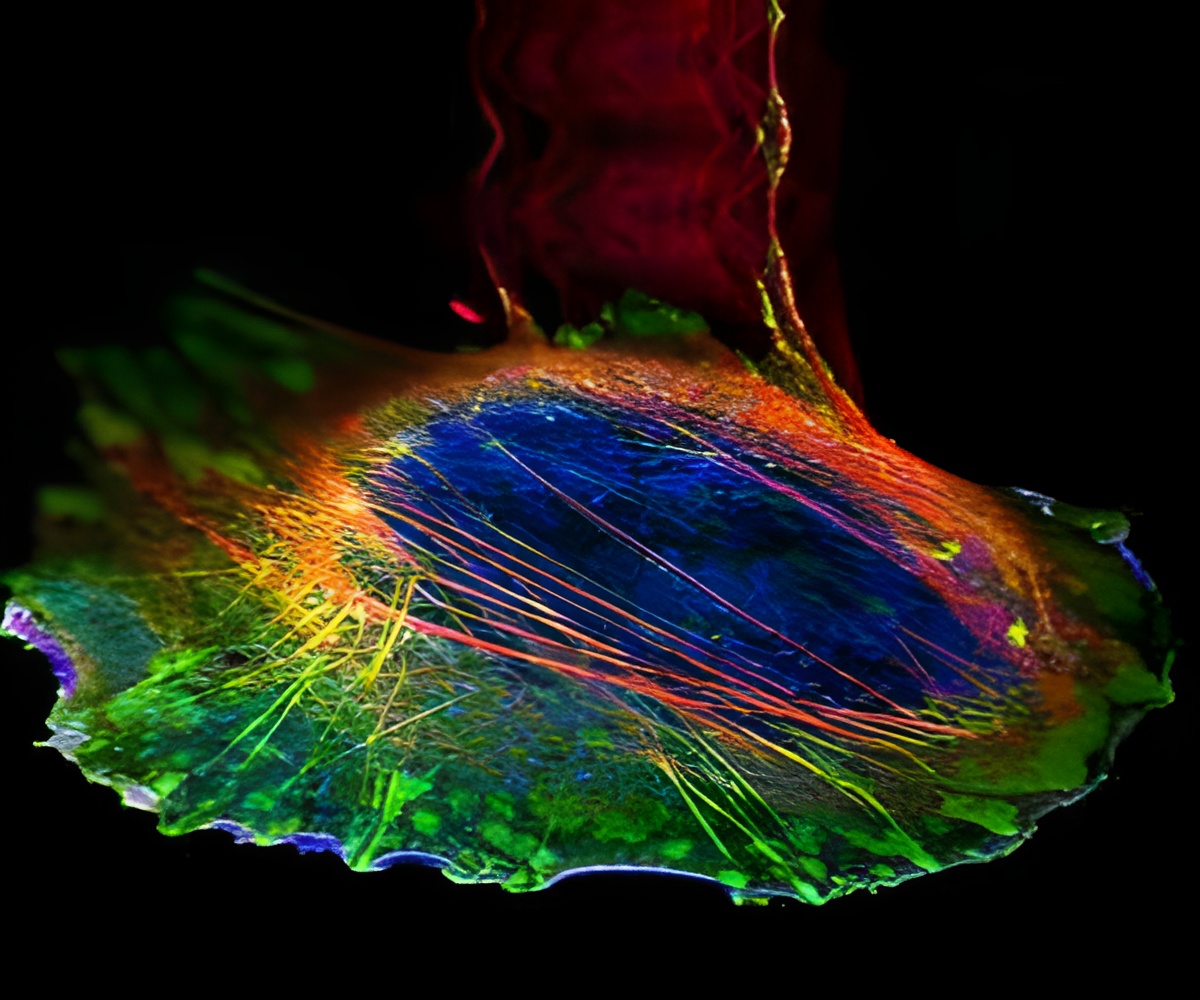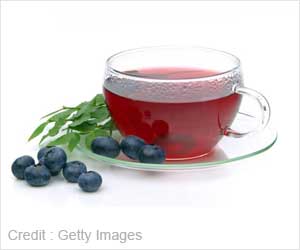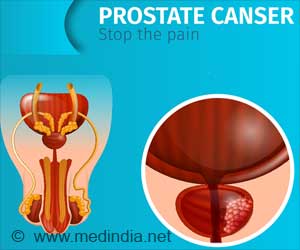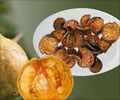
‘NF-kappaB factor responsible for cancer gene regulation and inflammation can now be targeted by the flavonoid derivative’
Tweet it Now
In vivo anti-inflammatory activity of flavanone derivatives based on carrageenan-induced rat paw edema model identified compounds such as (10b), (1c) and (2c) as potent anti-inflammatory agent, whereas the compounds (10b), (6b), (4b), (2b), (6a), (4a), (5c) and (3c) have shown promising cytotoxicity against different cancer cell lines ( MCF-7, HeLa, COLO-205 and PC-3 cancer cell lines). Among the synthesized flavanone derivative, compounds (10b) and (4b) exhibited the maximum cytotoxic effect against different cancer cell lines.
Furthermore, all the compounds were docked into the active site of NF-kappaB receptor to identify the most potential candidates. The top-ranked compounds (10b, 4b) were subjected to cell cycle analysis using flow cytometer and have shown to induce cell cycle arrest mainly at G2/M phase.
Promising activity of the compounds (10b) and (4b) demands further in vivo anti-cancer activity and clinical studies. Excellent correlation was observed between docking score and cytotoxic activity/anti-inflammatory potency of screened drugs.
Docking studies revealed that carbonyl oxygen, NO2, OH, and OCH3 of the flavanone derivatives were involved in hydrogen bonding with various amino acids of the receptor.
Advertisement
Source-Eurekalert














